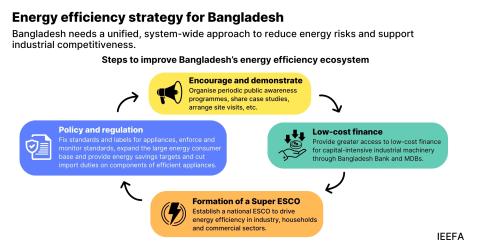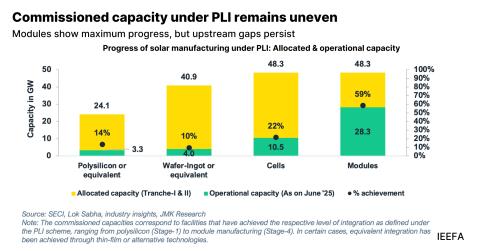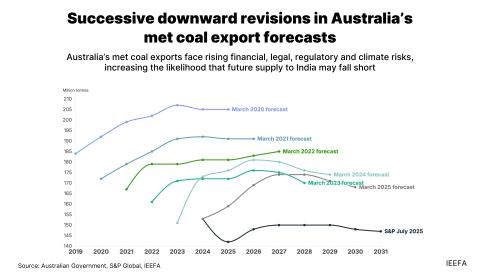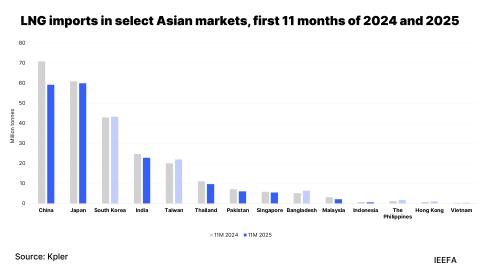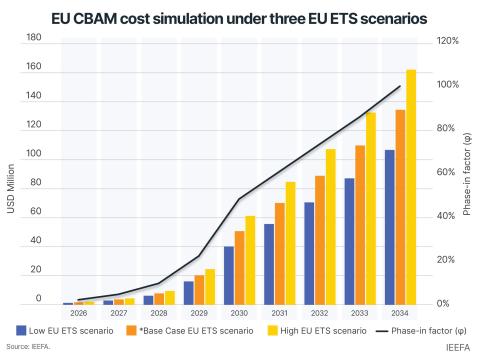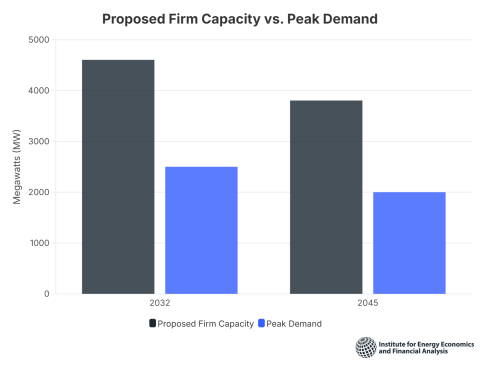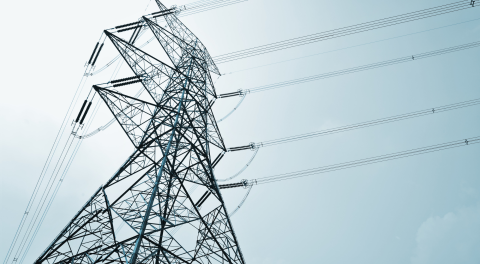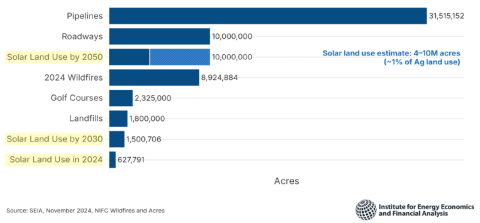Report
Chesapeake Energy
Shell
Energy Markets
Institutional Investors
Natural Gas
Oil Industry
Appalachia
Despite Capex Cuts, Appalachian Frackers Report Negative Free Cash Flow in Second Quarter 2020
Download Full Report
Key Findings
Even after cutting capital expenditures to their lowest quarterly point in more than six years, nine Appalachian shale-focused gas producers continued to hemorrhage money, reporting more $134 million negative free cash flows in the second quarter of 2020. Together, they have spilled $1.1 billion in red ink over the past twelve months.
Executive Summary
Key Findings:
- Nine fracking-focused gas companies in Appalachia reported $134 million negative free cash flow in Q2 2020.
- Over the past 12 months, these companies generated $1.1 billion negative free cash flow.
- In aggregate, capital spending was $1.9 billion in the quarter, a 35% year on-year drop.
- Capital investments during the quarter were the lowest in at least six years.



